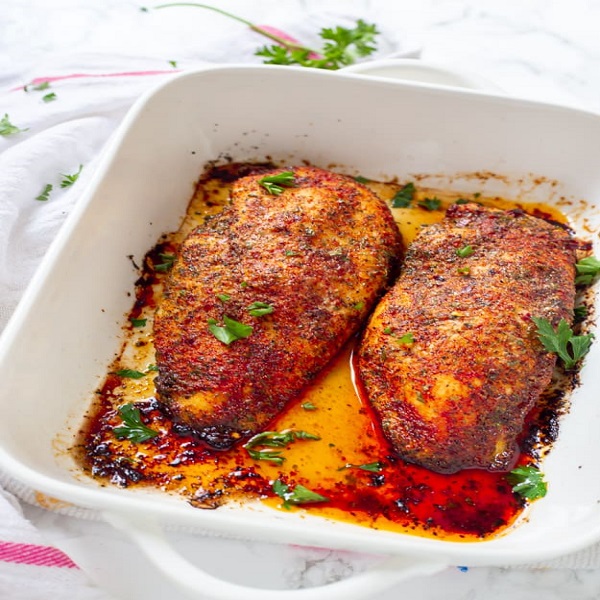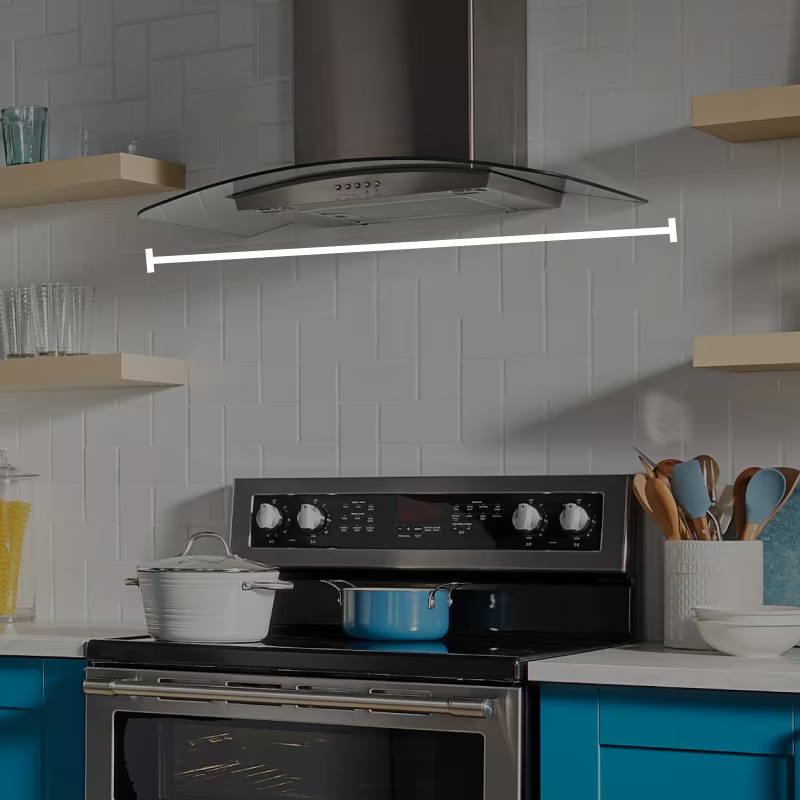Introduction
How long to cook chicken breast in tin foil – Cooking chicken breasts in tin foil, also known as aluminum foil, is a simple and effective method that results in tender, juicy meat infused with flavors from seasonings and any accompanying vegetables or sauces. This technique, often referred to as “foil packet cooking,” seals in moisture and aroma, allowing the chicken to steam gently within its own juices. Here’s a detailed guide on how to cook chicken breasts in tin foil, including cooking times, preparation steps, and tips for achieving the best results.
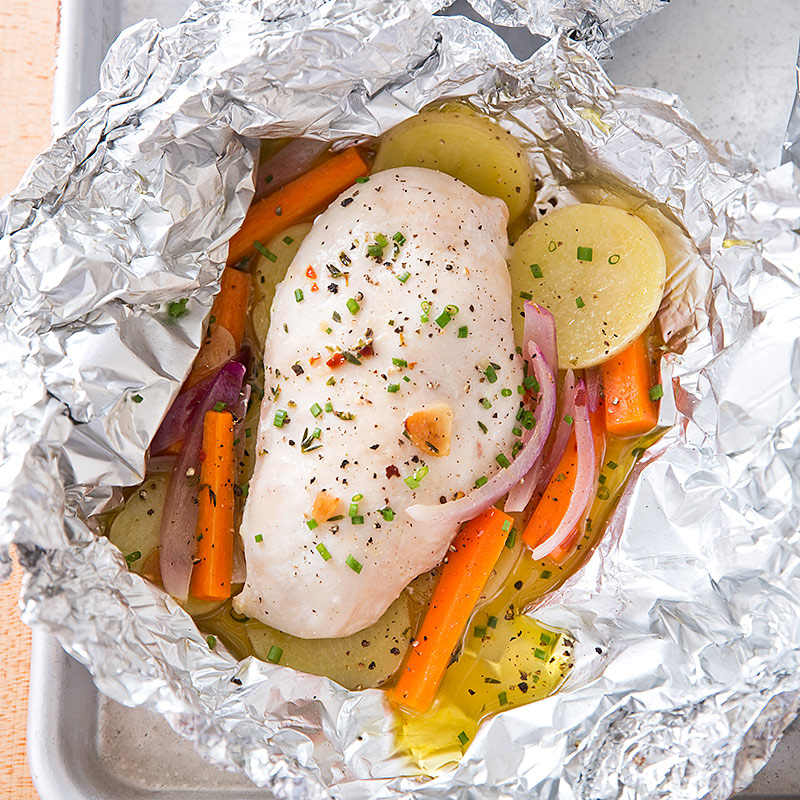
Preparation
Choosing the Chicken
- Start by selecting fresh or thoroughly thawed boneless, skinless chicken breasts. They should be of even thickness for consistent cooking.
Marinating and Seasoning
- While optional, marinating the chicken for at least 30 minutes (or up to overnight) in the refrigerator can infuse it with flavor. A simple marinade could consist of olive oil, lemon juice, garlic, salt, and pepper.
- If not marinating, generously season the chicken breasts with your choice of herbs, spices, salt, and pepper.
Preparing the Foil Packets
- Cut a large piece of aluminum foil for each chicken breast, ensuring there’s enough to fold over and seal the edges securely. Aim for about twice the size of the chicken breast.
- Lay the seasoned chicken breast in the center of the foil. You can also add sliced vegetables like bell peppers, onions, and zucchini, along with a drizzle of olive oil or butter for added flavor and nutrition.
Cooking Time and Temperature
Oven Method
- Preheat your oven to 400°F (205°C).
- Seal the foil packets tightly by folding the edges together several times to create a secure seal, leaving a little room for steam to circulate inside.
- Bake the foil packets on a baking sheet in the preheated oven for approximately 20 to 25 minutes. The exact time may vary depending on the thickness of the chicken breasts and your oven.
Grilling Method
- Preheat your grill to medium-high heat (around 375°F to 400°F or 190°C to 205°C).
- Place the foil packets directly on the grill grates.
- Cook for 18 to 22 minutes, flipping the packets once halfway through if desired, though this isn’t necessary since the heat circulates evenly within the foil.
Testing for Doneness
Regardless of the cooking method, the internal temperature of the chicken should reach 165°F (74°C) when measured with a food thermometer inserted into the thickest part of the breast. This is the safe temperature recommended by the USDA to ensure the chicken is fully cooked and safe to eat.
Resting and Serving
Once cooked, let the chicken rest in the foil packets for about 5 minutes before opening. This allows the juices to redistribute, ensuring the meat stays moist and tender.
Tips for Success
- Even Thickness: Pound chicken breasts to an even thickness to ensure they cook evenly.
- Doneness Check: Always use a food thermometer to verify the internal temperature rather than relying solely on time.
- Season Generously: Since the chicken cooks in its own juices, don’t skimp on seasoning as it will infuse the meat with flavor.
- Veggie Pairings: Vegetables not only enhance the meal’s nutritional value but also contribute to the overall flavor and texture. Choose veggies that cook at a similar rate to the chicken.
- Safe Handling: Remember to wash your hands and any surfaces that come into contact with raw chicken to prevent cross-contamination.
By following these guidelines, you can enjoy perfectly cooked, juicy chicken breasts wrapped and steamed in flavorful foil packets, whether baked in the oven or grilled to perfection. This versatile cooking method is not only convenient for busy weeknights but also perfect for outdoor cooking and camping trips, where simplicity and minimal cleanup are highly valued.
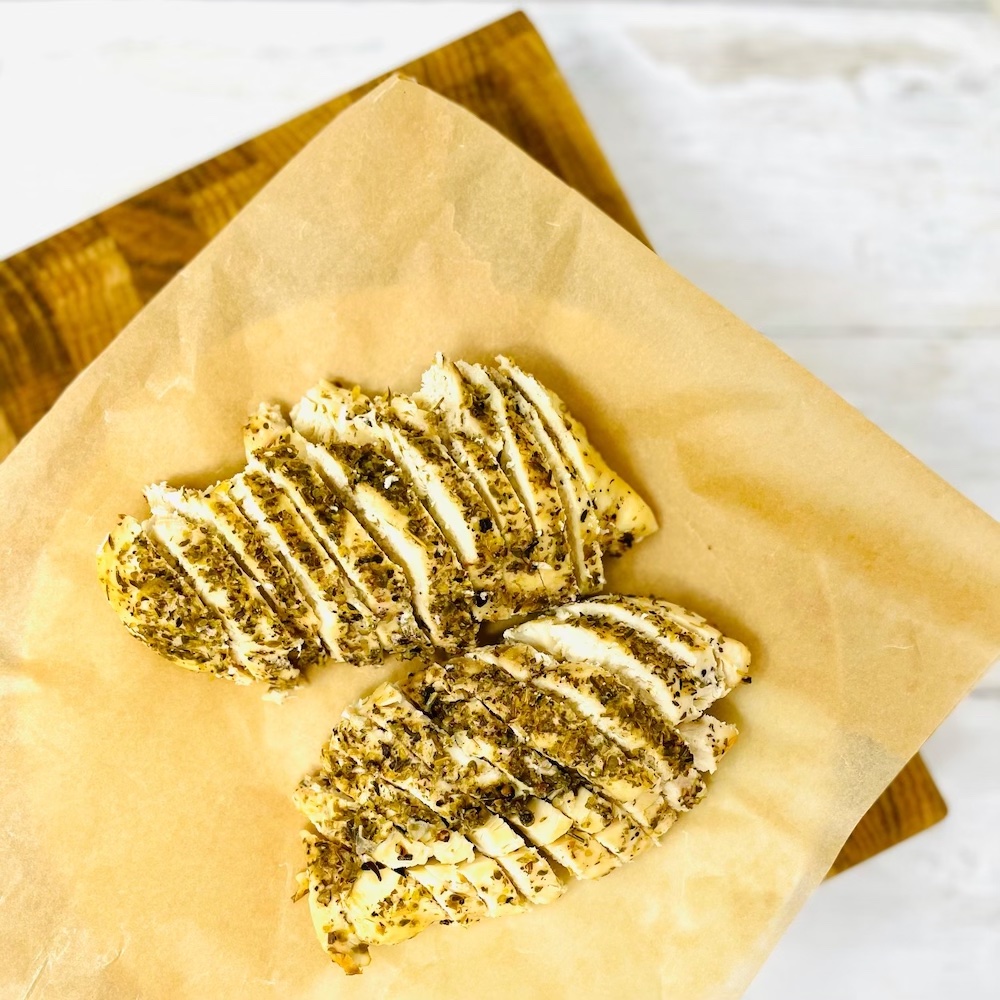
Variations and Enhancements
Adding Sauce or Liquid
For an extra burst of flavor, consider adding a small amount of sauce or liquid to the foil packet before sealing it. This could be a teriyaki glaze, barbecue sauce, lemon juice, or white wine. The liquid will help create steam and keep the chicken moist while infusing it with rich flavors. Be mindful not to add too much liquid, as you want to avoid the chicken boiling instead of steaming.
Herbs and Spices
Incorporate fresh herbs like rosemary, thyme, or parsley directly onto the chicken or within the packet with vegetables. Not only do they add depth to the dish’s aroma and taste, but the steam generated during cooking releases their essential oils, further enriching the overall flavor profile.
Compound Butters
Create a compound butter by mixing softened butter with minced garlic, chopped herbs, and a pinch of salt. Spread a generous dollop on top of each chicken breast before sealing the packets. As the butter melts during cooking, it bastes the chicken, keeping it moist and imparting a rich, savory flavor.
Smoking on the Grill
For a smoky flavor, add a handful of soaked wood chips to your grill before placing the foil packets. The smoke will permeate the foil, infusing the chicken with a delightful smokiness. Applewood, hickory, or mesquite chips work well for this purpose.
Storage and Leftovers
If you have leftover cooked chicken, store it in an airtight container in the refrigerator for up to 3-4 days. Reheat it gently in the microwave or on the stovetop, ensuring it reaches an internal temperature of 165°F (74°C) again before consuming.
Creative Uses for Leftover Chicken
Leftover chicken can be repurposed into a variety of dishes, including salads, wraps, sandwiches, soups, or stir-fries. Shred or chop the chicken and use it as a protein base for a quick and healthy meal throughout the week.
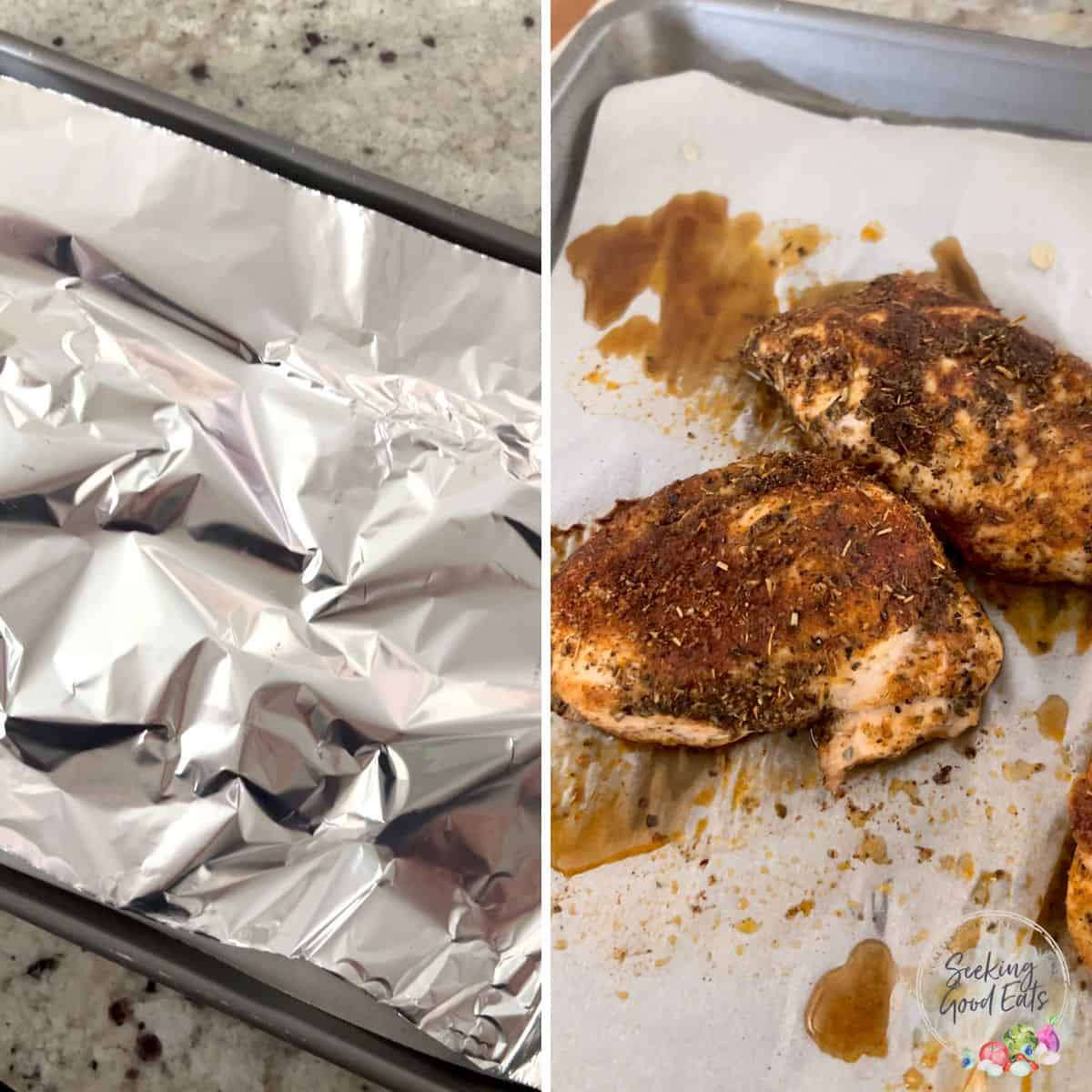
Steps to Cook Chicken Breast in Tin Foil
Preparation:
- Preheat Oven: Start by preheating your oven to 400°F (200°C). This temperature ensures that the chicken cooks through evenly without drying out.
- Prepare the Chicken: Season the chicken breast with salt, pepper, and any other preferred seasonings. You can also add herbs, garlic, lemon slices, or vegetables like sliced bell peppers or onions for extra flavor.
- Wrap in Tin Foil: Tear off a piece of aluminum foil large enough to fully wrap around the chicken breast. Place the seasoned chicken breast in the center of the foil.
Cooking:
- Seal the Foil: Fold the edges of the foil over the chicken breast to create a tightly sealed packet. This seal is important as it traps the steam inside, helping to cook the chicken gently and retain moisture.
- Place on Baking Sheet: Transfer the foil-wrapped chicken breast to a baking sheet. If you’re cooking multiple chicken breasts, make sure to space them evenly apart on the sheet.
- Cook in Oven: Place the baking sheet with the chicken breasts into the preheated oven. Cook for approximately 20-25 minutes for a medium-sized chicken breast. If your chicken breasts are thicker, you may need to cook them for 30-35 minutes.
- Check for Doneness: To ensure the chicken is fully cooked, use a meat thermometer inserted into the thickest part of the breast. It should register at least 165°F (74°C) when done. Alternatively, you can carefully open the foil packet and check that the juices run clear and there is no pinkness in the center of the breast.
Serving:
- Rest Before Serving: Once cooked, remove the chicken breasts from the oven and let them rest in the foil for a few minutes. This allows the juices to redistribute, ensuring a moist and flavorful chicken breast.
- Serve: Carefully unwrap the foil packets and transfer the chicken breasts to serving plates. Serve with your favorite side dishes, such as steamed vegetables, rice, or salad.
Tips for Cooking Chicken Breast in Tin Foil:
- Size and Thickness: Thicker chicken breasts will require longer cooking times, so adjust accordingly.
- Add Flavors: Experiment with different seasonings and additions inside the foil packet to enhance the flavor of the chicken.
- Sealing the Packet: Ensure the foil packet is tightly sealed to trap steam and prevent moisture loss.
- Resting Time: Allowing the chicken to rest after cooking helps to retain juices and ensures tender meat.
Conclusion
Cooking chicken breasts in tin foil is a straightforward and adaptable technique that yields delicious results with minimal effort. It’s an excellent way to lock in moisture, enhance flavors, and minimize cleanup, making it suitable for any night of the week or outdoor adventure. By experimenting with different seasonings, sauces, and accompaniments, you can create a multitude of dishes that will keep your meals interesting and satisfying. Remember, the key to success lies in precise temperature control, appropriate cooking times, and creative use of flavors and textures. So, next time you’re planning your menu, give foil packet cooking a try and elevate your chicken dinner game.
